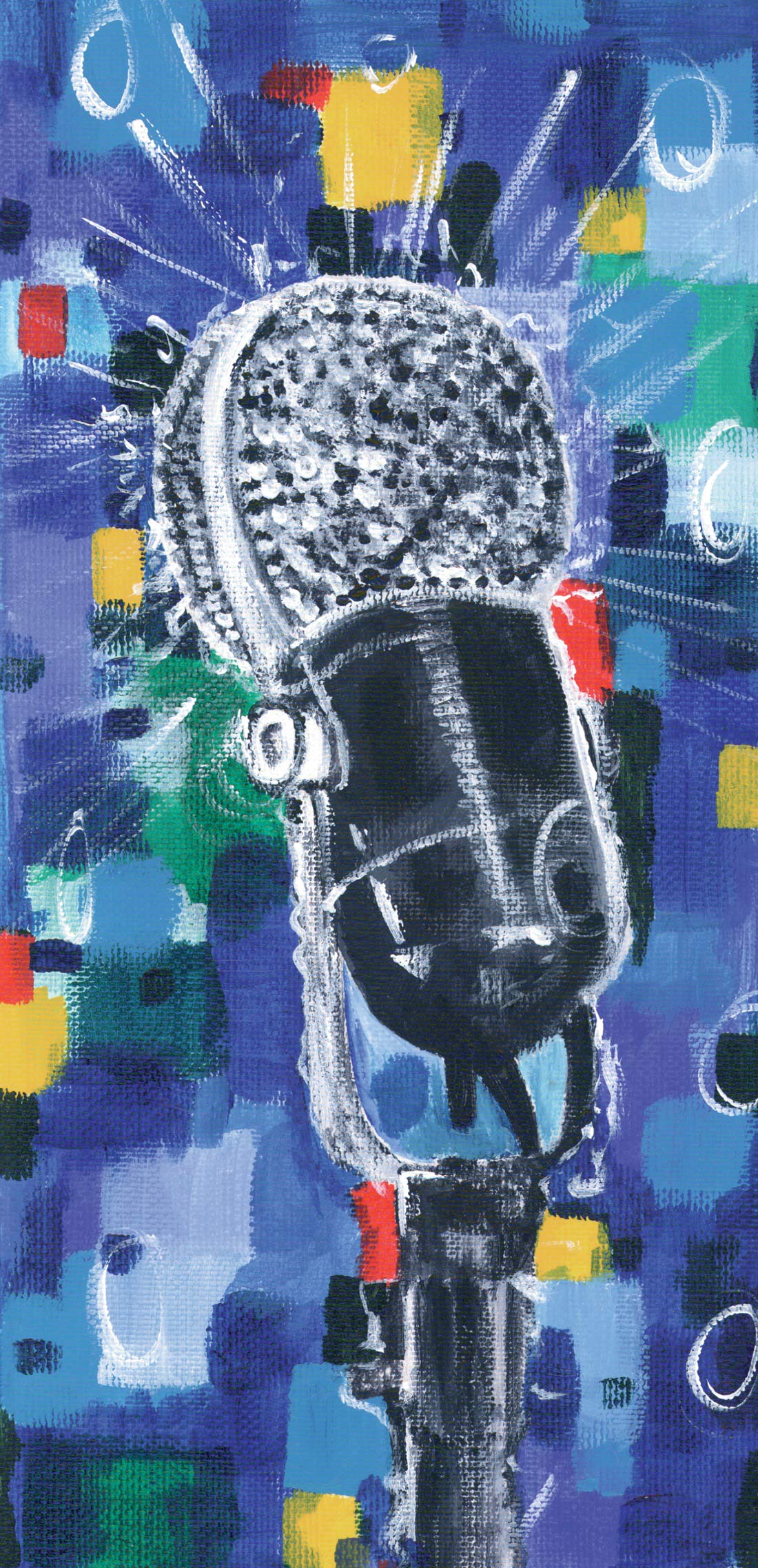With all the traveling I do, I feel that airline flying without ear protection is akin to walking into a rock show without a set of earplugs. Obviously, I value my ears, so I'll do whatever is necessary to keep my hearing as healthy and acute as possible. If I fly without ear protection, I'll notice that my ears will ring for a few hours or so afterwards (most noticeably when I'm going to sleep in a quiet bedroom), much like what they'll do if I don't wear earplugs at an amplified music event. On a recent 14-hour, transpacific flight, I had the opportunity to try out a set of Bose Noise Canceling Headphones. Like their siblings made for helicopter and small plane pilots, these headphones use earcup- mounted microphones and a battery-powered signal processor to cancel out (via phase reversal) steady, ambient noise. Compared to a pair of foam earplugs, the Bose headset does a much better job of taking out the rumble and groan of the jet (the lows and mids), while the earplugs do a better job of filtering out the hiss and shhhh of the engines (the highs). Strictly for the task of reducing the noise around you, it's a toss-up as to which type of noise reduction is more preferable.
The main advantage of the Bose headphones - and the reason you'd want to use them instead of earplugs - is that they're also high quality audio headphones, not just noise cancelers. You can listen to your CD player or to the in-flight entertainment with much higher fidelity and at lower volumes - and arrive at your destination with less ear fatigue. A secondary advantage of the Bose headphones over earplugs is that the headphones seem to cancel out sounds that are "constant" while leaving other sounds less affected. Therefore, you can hear the flight attendant talk to you or you can have a conversation with the person seated next to you. But then again, this feature becomes a disadvantage when you'd rather reduce the volume of the people around you. Another disadvantage is that the headphones are not as comfortable as earplugs when sleeping. Naturally, a true road-warrior equipped with Bose headphones would also travel with a pair of foam earplugs - and enjoy the benefits of both.
How does the Bose headset compare with standard, closed-ear headsets? With my old standby Sony MDR-V6 headphones, I find the ambient noise - especially the rumble and groan, which the ear cups don't seem to attenuate - too bothersome unless I listen at louder volumes than I'd normally prefer. I haven't heard the Bose headphones in a controlled environment, so I can't make a true assessment of their audio capability, but I can say they sound amazing sitting in an airplane! The reproduction of the midrange is especially smooth. At $299, the Bose headset is not cheap. Also, the headset does not fold, so it takes up considerable volume in your carry-on. Two weeks after my first "road-test" of the Bose phones, I walked into an airport shop and saw a display showing Sony's version of the noise-canceling technology embodied in three different headset models. One is similar in form to the Bose: a non-folding traditional headset. Another is a slightly smaller, folding headset. [see above] What interested me was the third model, with a design similar to in-ear monitors: two sculpted rubber "plugs" with wires leading to a tiny control box. Small and portable, the MDR-NC10 stuffs into a bag that's the size of an audio cassette.
On my 14-hour return flight, I compared the Sony headset back-to-back with the Bose headset. Noise canceling ability? Because the rubber earpieces of the Sony headset fit tightly into the outer ear canal, there is passive attenuation of higher frequencies. Even with the active noise canceling circuit off, much of the airplane "hiss" is cut out. You hear much more airplane hiss through the Bose over-the-ear phones whether or not the noise canceler is on or off. On the other hand, the Bose headset does a much better job of taking out the low-end "rumble" and the mid-range "groan". Bose wins here. Audio fidelity? The Sony MDR-NC10 has a definite emphasis on the bass. Not my preference, as I feel that such a big bump in the bass adds too much mud. The Bose headset with its smooth midrange and clearer high end wins here too. Comfort? I found the Sony earbuds more comfortable for long periods of time. A month after the comparison flight, I've now flown with the Sony earbuds on two other occasions, wearing them for the duration of each five-hour flight. The soft rubber (not foam) of the earbuds conforms to my ear cavities well... after a while, I forget that I'm wearing them.
Verdict? If you can afford the cost, size, and weight, go with Bose and you'll enjoy higher fidelity and better noise cancellation. On the other hand, at 1/3rd the cost with a much smaller travelling size, I'm quite happy with my Sony earbuds.




_disp_horizontal_bw.jpg)